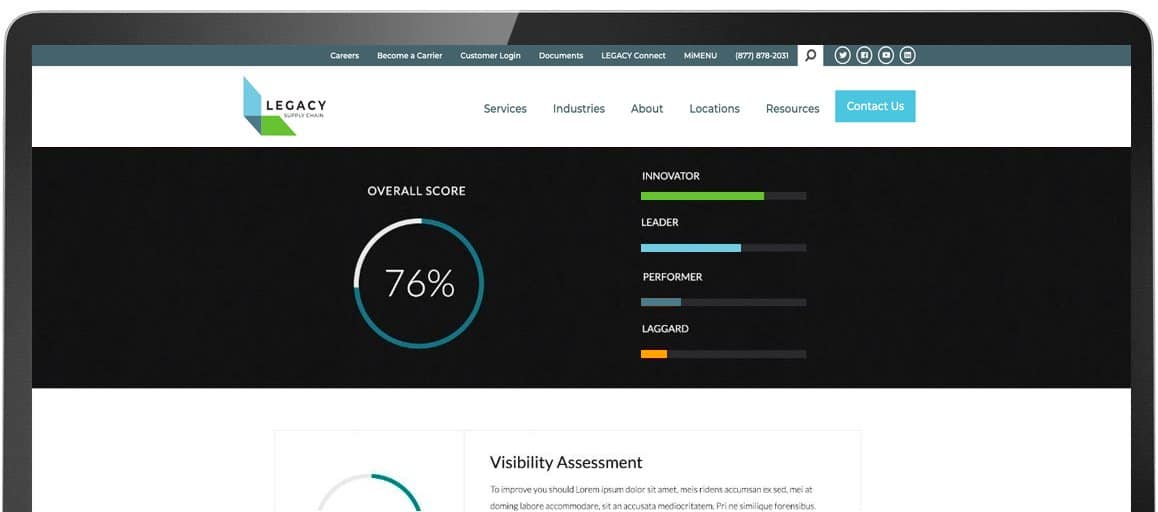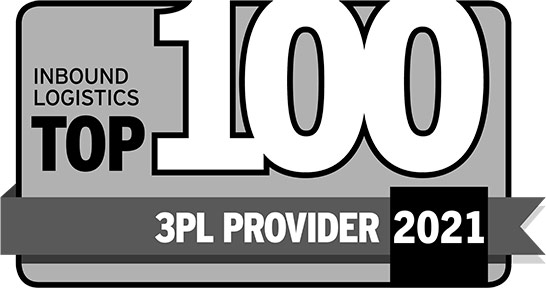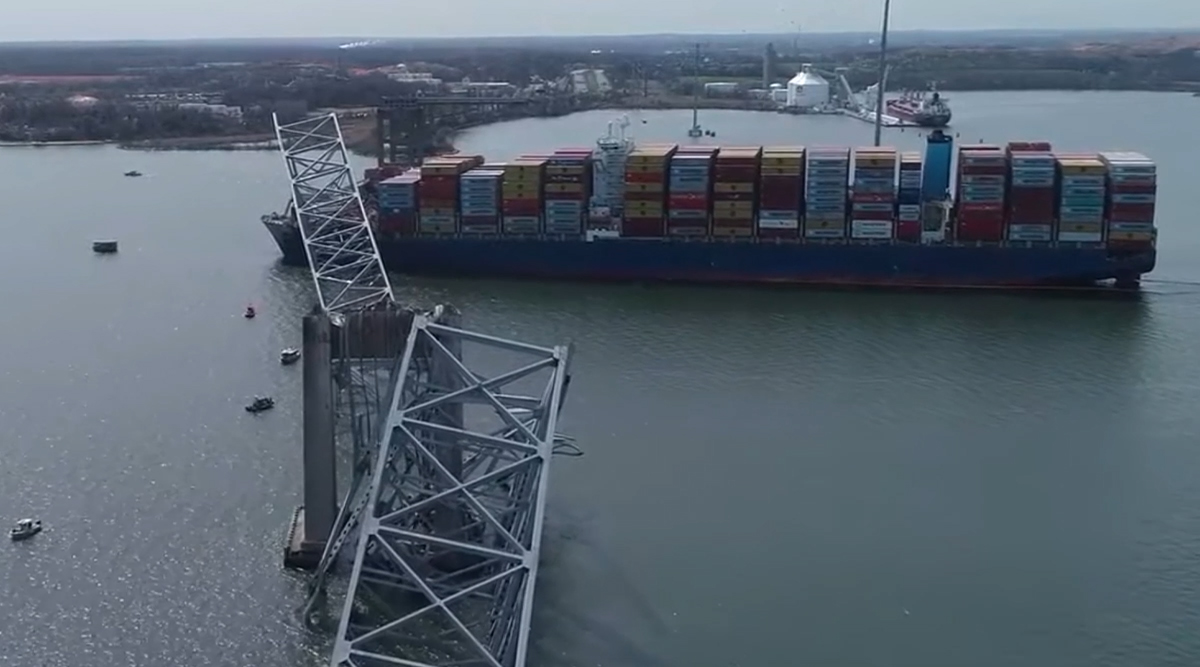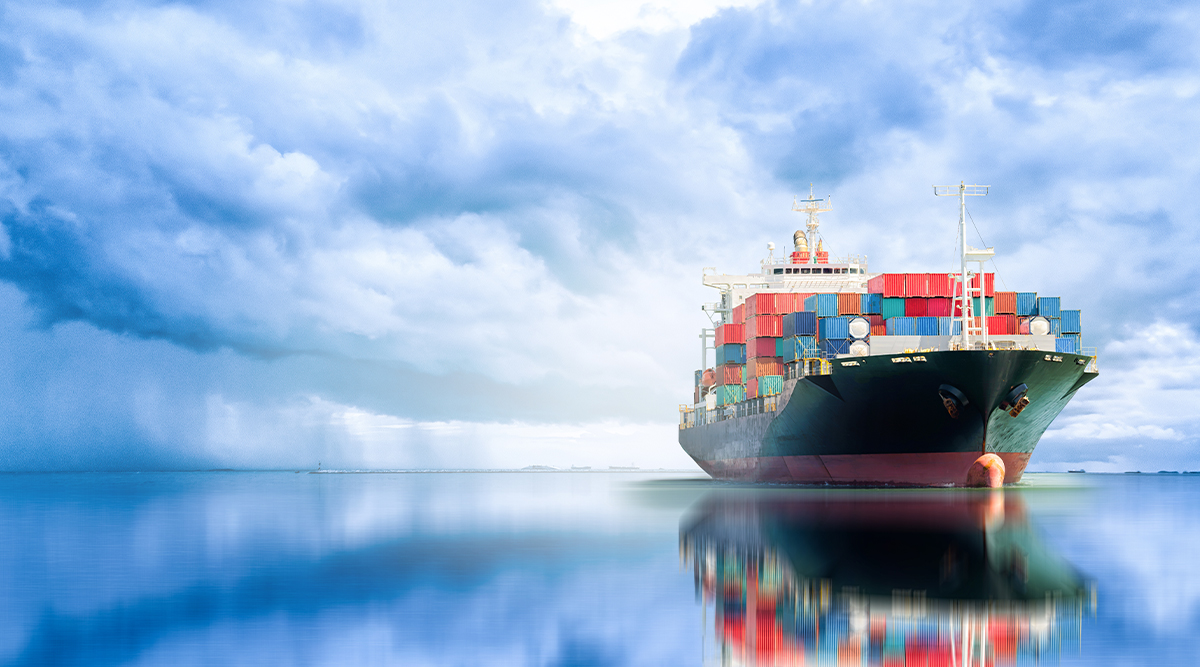Trade Alert: New Mandate Requires Container Weight to be Certified Prior to Shipping
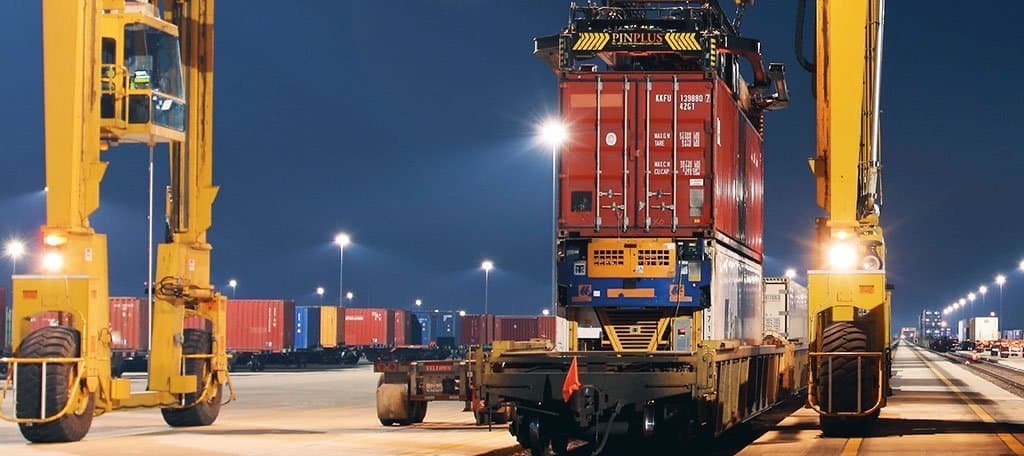
April 11, 2016 – The International Convention for the Safety of Life at Sea (SOLAS) has amended its convention to mandate “Container Weight”. The mandate requires the weight of cargo loaded containers be certified before loading on a vessel. Cargo loaded containers can be defined as the cargo weight + the equipment weight.
The ruling affects shipments globally and is in response to noted sea disasters caused by this issue. Responsibility for weight verification will reside with the shipper of the cargo and the requirement will become effective on July 1, 2016. The shipper may elect an agent to verify weight (a 3rd party in the case of consolidation, or other reason), though ultimate responsibility will still remain with the shipper. Carriers, Terminals and freight forwarders are beginning to put processes in place to support the requirements. However, there remains some uncertainty on how to deal with containers delivered to terminals without the required weight verification. Here is an attachment from the Journal of Commerce (JOC) providing a visual of the process.
How It Affects Your Business?
- As an exporter (shipper) you will have primary responsibility for verifying the container weight prior to delivery to a terminal and loading onto a vessel. As an importer (buyer) you must ensure your supplier has developed the necessary procedures to ensure the timely flow of your goods to mitigate delays.
How Should You Handle It?
- Begin internal planning with your shipping department (if you are a shipper) or your supplier (if you are a buyer) as to how cargo weight will be verified before delivery to an ocean carrier. While its possible some terminals or ocean carriers may begin to offer the service of weighing the cargo, we recommend you have a process in place that you can better control. For example:
- Have the ability to certify the weight of your goods then add them to the tare weight of the container you are loading (tare weights are listed on the container). The regulation requires the certified method approved by the competent authority of the State in which packing of the container was completed.
- Work with your forwarder or drayman to have containers weighed and documented by a certified scale before delivery to the ocean carrier.
Get Insights. Stay Ahead.
Get the latest news and insights via email on warehouse improvement, transportation optimization, labor strikes and international shipping rate changes.Popular Posts
Search Posts
-
2024 Q1 Freight Landscape: Trends, Challenges, and Predictions
As the first quarter of 2024 comes to an end, here are some observations over the past few months as well as predictions about the trucking...
+ Read more -
Baltimore Bridge Impact Assessment – Update
Following the recent Baltimore Bridge collapse and subsequent port closures, we want to keep our customers informed about the situation and...
+ Read more -
Global Momentum Builds for Charge on Global Shipping Sector’s CO2 Emissions
A growing coalition of 47 countries, including key players like the European Union, Canada, Japan, and various Pacific Island nations, is...
+ Read more

